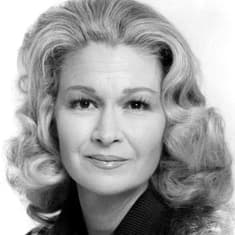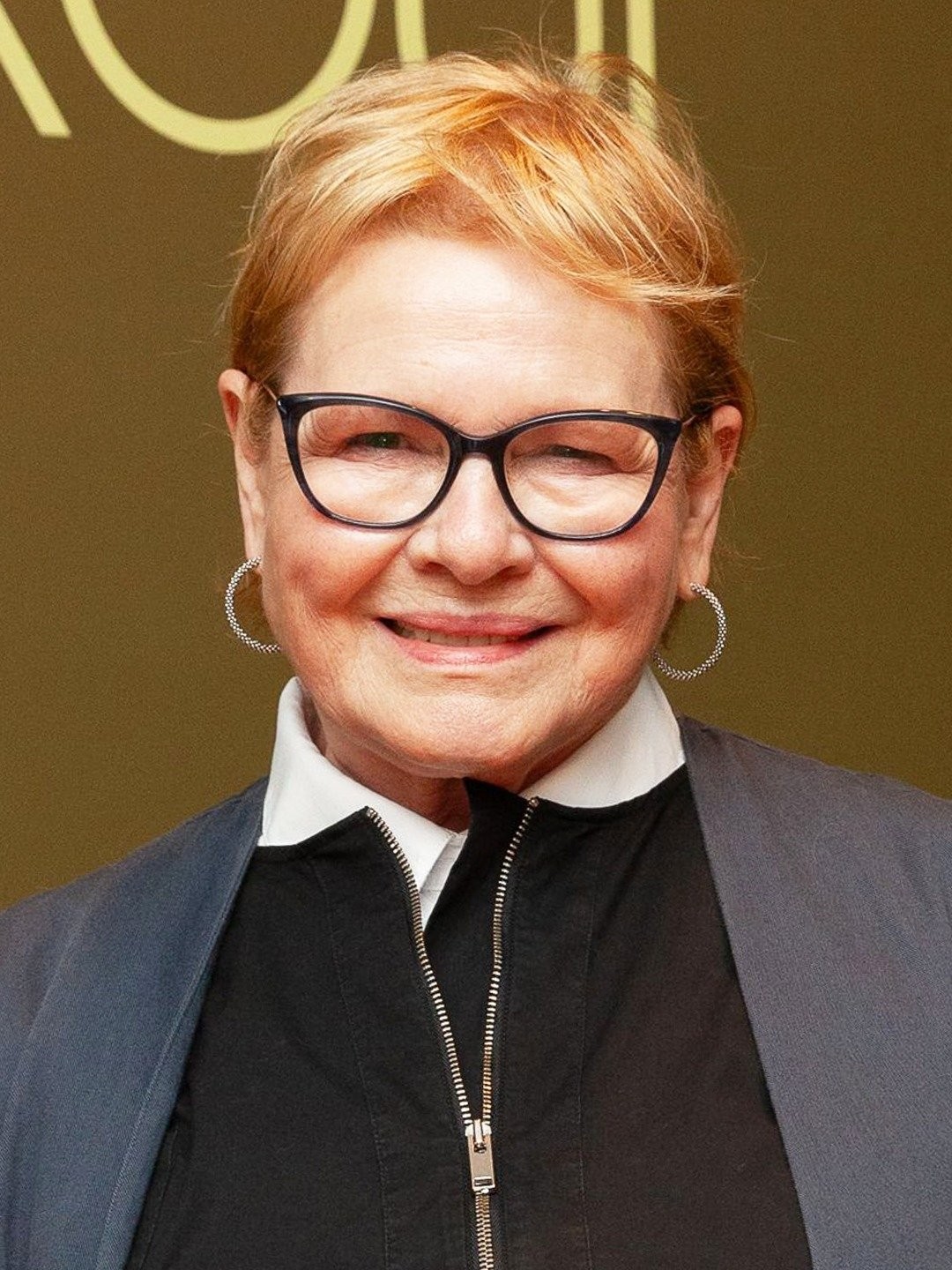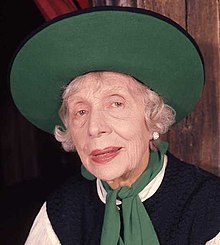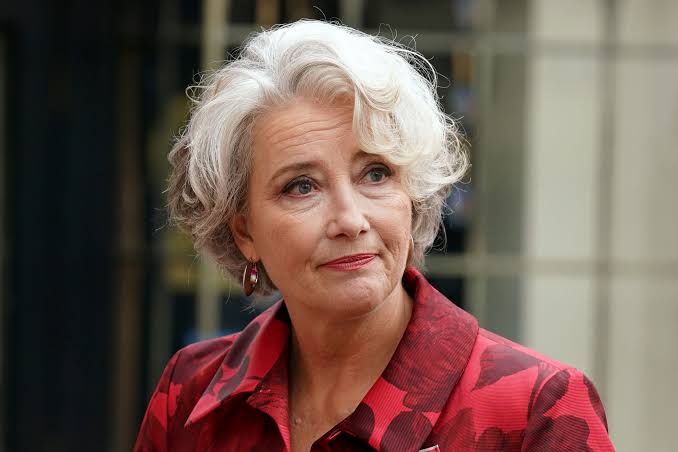The renowned American actor Rodney Stephen Steiger (1925-2002), known for intense performances, embarked on a spectacular road to Oscar success. Steiger attracted viewers and critics alike with his talent for digging into the depths of eccentric and emotionally charged characters, earning him multiple Academy Award nominations. His riveting On the Waterfront performance in 1954 netted him the first Oscar nod. The grandeur that was still to come was hinted at in Steiger’s portrayal of Charley “the Gent” Malloy. Steiger showcased his talent as Sol Nazerman in The Pawnbroker (1964), earning a Silver Bear and an Oscar nomination for Best Actor. He is best known for playing Police Chief Bill Gillespie in the film In the Heat of the Night (1967), which established Steiger’s legacy in film. He received the Academy Award for Best Actor for this ground-breaking picture that addressed racial prejudice. Rod Steiger’s path to Oscar success is a testimonial to his extraordinary talent and capacity to fully commit to performances that leave a lasting impression on the audience.

On the waterfront (1954)
Steiger made his mark on the movie-going audience with a stirring performance in Elia Kazan’s 1954 Best Picture-winning film. One of the most iconic moments in film history occurs in On the Waterfront, where Steiger’s Charley Malloy listens in the backseat of a car. As his brother Terry (Marlon Brando) expresses frustrations about diving into a fight on Charley’s insistence, it becomes an unforgettable scene that resonates deeply in cinematic lore. This powerful interaction captures the complex dynamics between the two characters and leaves a lasting impression on audiences. While this scene is undoubtedly Brando’s to steal, Steiger carefully listens and discreetly responds to his brother’s terrible disappointment. That is a fantastic illustration of deft acting, and it earned Steiger the first Academy Award nomination.
The pawnbroker (1964)
Steiger’s outstanding performance in Sidney Lumet’s 1964 film “The Pawnbroker” was what helped him most in his ascent to Hollywood’s A-list of actors. “The Pawnbroker” is the tale of Holocaust survivor Sol Nazerman (Steiger), whose spirit was extinguished in a World War II concentration camp but whose body survived. It is also a character study of a man who has essentially disappeared from the world by operating a pawnshop in an upper Manhattan slum. Steiger’s performance here isn’t one of the grand, showy ones. The final wordless scream that finishes the movie is one of Steiger’s illustrious career’s most unforgettable moments. The work here was carefully crafted. Steiger received his first nomination for a Golden Globe, first nomination for a BAFTA, and second Academy Award nomination for the portrayal of Nazerman.
In the heat of the night (1967)
Steiger’s portrayal of a small-town Mississippi sheriff in Norman Jewison’s murder mystery earned him both the Golden Globe and the Academy Award for Best Actor. Chief Gillespie (Steiger) detains an African-American at the railway station for the murder he is investigating. To head the investigation into the homicide, Virgil Tibbs (Sidney Poitier), a top homicide detective from Philadelphia, traveled to Sparta. Gillespie finds this objectionable, but as a result of their forced cooperation, the two men grow to respect one another. Steiger subtly reveals Gillespie’s compassion in what could have been a stereotyped redneck character, making the men’s last bow to one another feel profoundly deserving.
The sergeant (1968)
Rod Steiger gave another compelling performance in “The Sergeant,” which led him to the third Academy Award nomination. Steiger played a drill sergeant who was torn between his own suppressed passions and the harsh military institution. He demonstrated his ability to give the depth and complexity of his role by portraying the inner struggles and frailties of the character.
The St. Valentine’s day massacre (1967)
Steiger garnered the fourth Oscar nomination for the portrayal of gangster Al Capone in “The St. Valentine’s Day Massacre.” Steiger’s commanding presence and ferocity in this grim crime drama brought the renowned gangster to life on screen. He received praise from critics for his scary and fascinating portrayal of Al Capone, which left an enduring impression on viewers.
W.C. fields and me (1976)
Rod Steiger received the fifth and final Oscar nomination for the portrayal of the late comic W.C. Fields in “W.C. Fields and Me.” The performance provided a fascinating window into Fields’ complicated past, demonstrating Steiger’s talent for giving the nuance and realism of the character he portrays.
You may also find these articles helpful
How did Simon Pegg become famous?
How did Kate Beckinsale become famous
Best-selling movies of Henry Goldin














